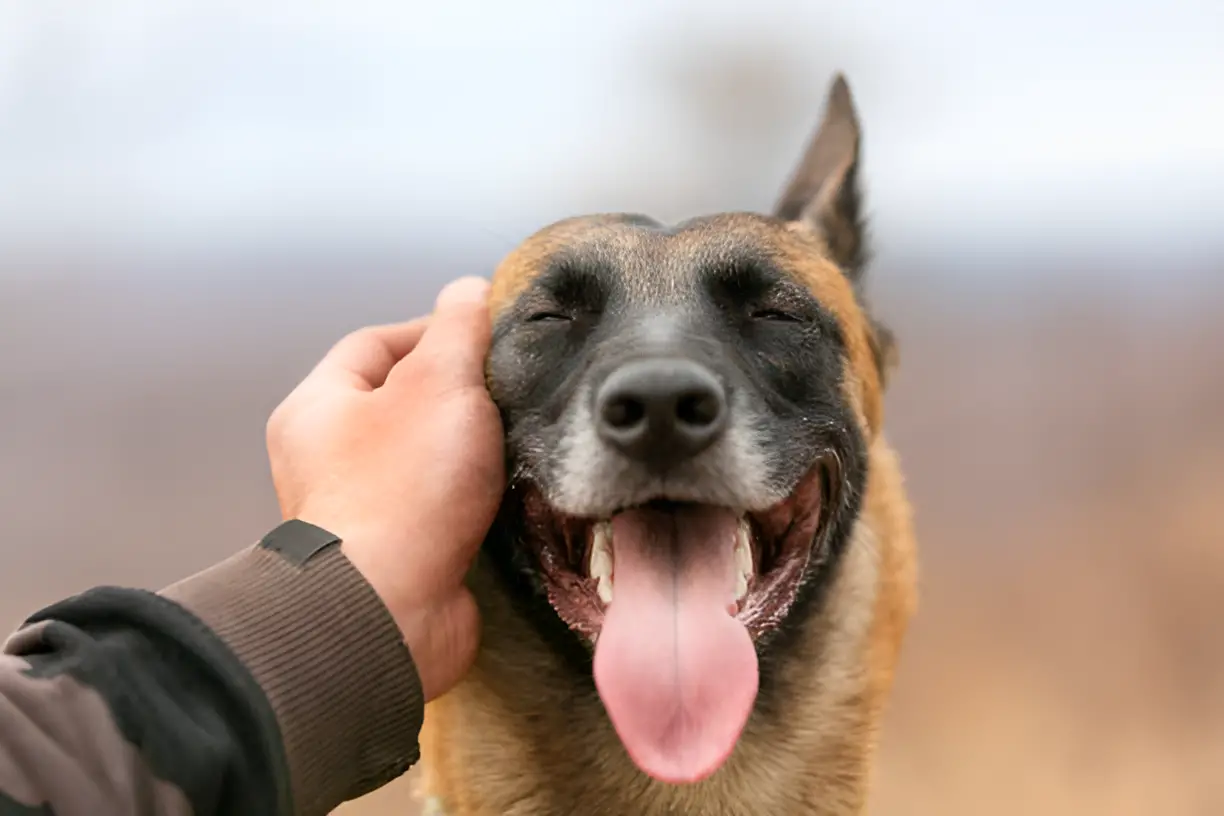No, Belgian Malinois are not inherently aggressive, but their behavior depends significantly on training, socialization, and environment. Belgian Malinois are a highly intelligent and energetic breed, often used in police and military work due to their agility, loyalty, and trainability. However, their high energy levels and strong protective instincts can sometimes be mistaken for aggression. This comprehensive guide will delve into the temperament of Belgian Malinois, factors influencing their behavior, and tips for ensuring they are well-adjusted and friendly companions.
Understanding the Temperament of Belgian Malinois
Natural Disposition: Belgian Malinois are known for their confidence, alertness, and protective nature. They are highly trainable and thrive on having a job to do, which makes them excellent working dogs.
Protective Instincts: Bred for herding and protection, Belgian Malinois have a natural instinct to guard their family and territory. This protective nature can sometimes be perceived as aggression if not properly managed.
Energy Levels: These dogs are extremely energetic and require ample physical and mental stimulation. Without sufficient exercise and engagement, they can become bored and exhibit undesirable behaviors.
Factors Influencing Aggression
Lack of Socialization: Dogs that are not properly socialized may become fearful or aggressive towards unfamiliar people or animals. Early and consistent socialization is crucial for Belgian Malinois.
Inadequate Training: Without proper training, the natural protective instincts of Belgian Malinois can lead to aggressive behaviors. Obedience training helps channel their energy and instincts in a positive direction.
Environment and Upbringing: The environment in which a dog is raised plays a significant role in its behavior. A stressful or abusive environment can contribute to aggression, while a loving and structured home promotes a well-adjusted dog.
Training and Socialization Tips
Early Socialization: Introduce your Belgian Malinois to a variety of people, animals, and environments from a young age. Positive experiences during this critical period help them become well-rounded adults.
Obedience Training: Enroll in obedience classes to teach your dog basic commands and good manners. Consistent training helps establish you as the pack leader and provides mental stimulation.
Positive Reinforcement: Use positive reinforcement techniques, such as treats and praise, to reward good behavior. Avoid harsh punishments, as they can lead to fear and aggression.
Regular Exercise: Ensure your Belgian Malinois gets plenty of physical exercise and mental stimulation. Activities like agility training, fetch, and puzzle toys can help burn off excess energy and prevent boredom.
Professional Help: If you encounter behavioral issues, seek the help of a professional dog trainer or behaviorist. They can provide tailored advice and training techniques to address specific problems.
Common Misconceptions About Belgian Malinois
- Aggression as a Breed Trait: While Belgian Malinois are protective, they are not inherently aggressive. Proper training and socialization are key to preventing aggressive behaviors.
- Suitability as Family Pets: Belgian Malinois can make excellent family pets if their needs for exercise and mental stimulation are met. They are loyal and affectionate with their families.
- Comparison with Other Breeds: Like any breed, individual temperament varies. Comparing Belgian Malinois to other breeds should consider the specific dog’s upbringing and training.
Health and Well-being
- Regular Vet Check-ups: Regular veterinary visits are essential to monitor your dog’s health and address any potential issues early. Health problems can sometimes manifest as behavioral changes.
- Balanced Diet: Provide a balanced diet to ensure your Belgian Malinois has the energy and nutrients needed for their active lifestyle. Consult your vet for dietary recommendations.
- Mental Health: Mental stimulation is as important as physical exercise. Engage your dog in activities that challenge their mind, such as training sessions, interactive toys, and problem-solving games.
Conclusion
Belgian Malinois are not inherently aggressive, but their behavior is heavily influenced by training, socialization, and environment. With proper care, these intelligent and loyal dogs can be wonderful companions and protectors. Understanding their needs and providing a structured, loving environment is key to ensuring they are well-adjusted and friendly.
The photo featured below the post headline is Credit: BiancaGrueneberg/istockphoto
I hope you find this post helpful and informative. If Yes’ feel free to share it with your friends!
Frequently Asked Questions
Are Belgian Malinois good with children?
Yes, with proper socialization and training, Belgian Malinois can be good with children. They are protective and can form strong bonds with family members.
Can Belgian Malinois live with other pets?
Belgian Malinois can live with other pets if they are introduced properly and socialized from a young age. Supervision and training are essential to ensure harmonious relationships.
How much exercise does a Belgian Malinois need?
Belgian Malinois require a significant amount of exercise, ideally 1-2 hours of vigorous activity daily. This can include walks, runs, playtime, and training sessions.
What are common behavioral issues in Belgian Malinois?
Common behavioral issues include excessive barking, chewing, and separation anxiety. These can often be managed with proper training, exercise, and mental stimulation.
Is professional training necessary for Belgian Malinois?
While not mandatory, professional training is highly recommended for Belgian Malinois due to their high energy levels and intelligence. It helps ensure they are well-behaved and manageable.


